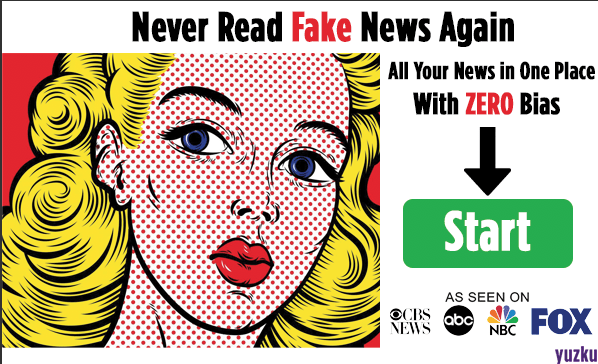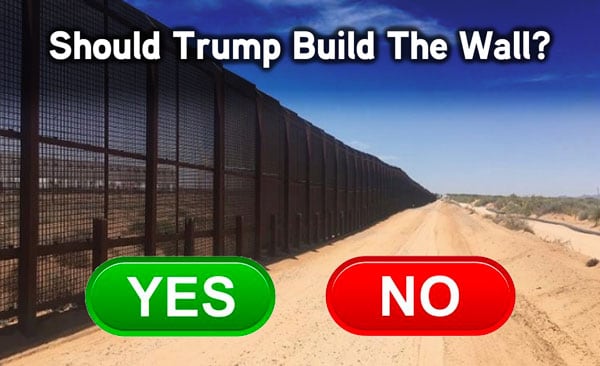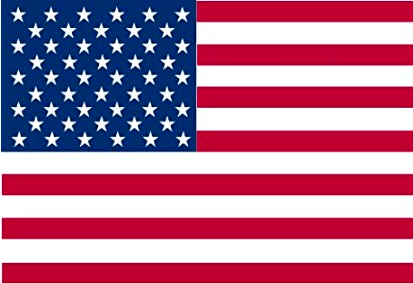“Buy American, Hire American” Trump’s Order Gives Better Opportunities for African Americans
In his “America First” order, Trump’s economy initiatives had driven an increase in blue-collar employment. This is especially crucial as 60% of African Americans belong to working-class or lower-middle-class families.
By driving down foreign competition, and providing a more competitive job market, the administration was able to increase participation and opportunities for the bottom 25% of the U.S workforce.
As Julia Pollak, an economist for Ziprecruiter, said that the workforce continues to grow. In fact, the employment-population ratio for African Americans between the ages 25-53 from 75.2% in 2018 increased to 77.2% in 2019.
Moreover, for those who had been working full-time, African Americans saw a 4.3% wage hike in the past year.
The racial gap is also closing in, as statistics from the U.S. Bureau of Labor Force shows that the prime-age population ratio (between the ages 24-25) for African Americans is nearing its 1999 peak of 77.2% as of December 2019.
However, despite the continuing progress for the U.S. workforce, there is still room for growth. As more big businesses are rallying to access cheap labor by importing foreign workers, there are still thousands of African Americans who needed a full-time job. In fact, the Bureau shares that 5.9% or an estimated 5.8 million African Americans are currently unemployed.
The numbers show that the unemployment rate is nearly doubled as compared to White Americans and more than double of Asian Americans. With this, the numbers show that there are still a lot of opportunities for the bottom tier of the labor market, as millions of Americans continue to find job opportunities and security.
The first order started in 2017 as Trump encouraged federal agencies to buy U.S.- made iron, steel, and manufactured goods. Then in January of 2019, Trump signed another order to strengthen the “Buy America, Hire America” initiative by ensuring that infrastructure projects that had received indirect federal financial assistance should make purchasing USA-made goods a top priority.
“We have increased reliance on American-made goods,” Trump said during the 2019 signing ceremony. Trump faulted previous trade deals which encouraged foreign countries to treat U.S. manufacturers unfairly. From then on, Trump made a promise that the country’s roads and bridges should only be built with “American steel” and “American hands.” This could expand to other industries as well such as sewer systems, broadband internet, and cybersecurity infrastructure. As Peter Nabarro wrote in Fox News, “No one understands the power of Buy American, Hire American better than President Donald J. Trump.
So let us celebrate his latest Buy American action together—knowing full well that there will be more such actions to come for the men and women of America who work with their hands in the factories across this great nation—shining monuments of production that represent the engines of the American economy and the backbone of our defense industrial base.”



 RSS
RSS
